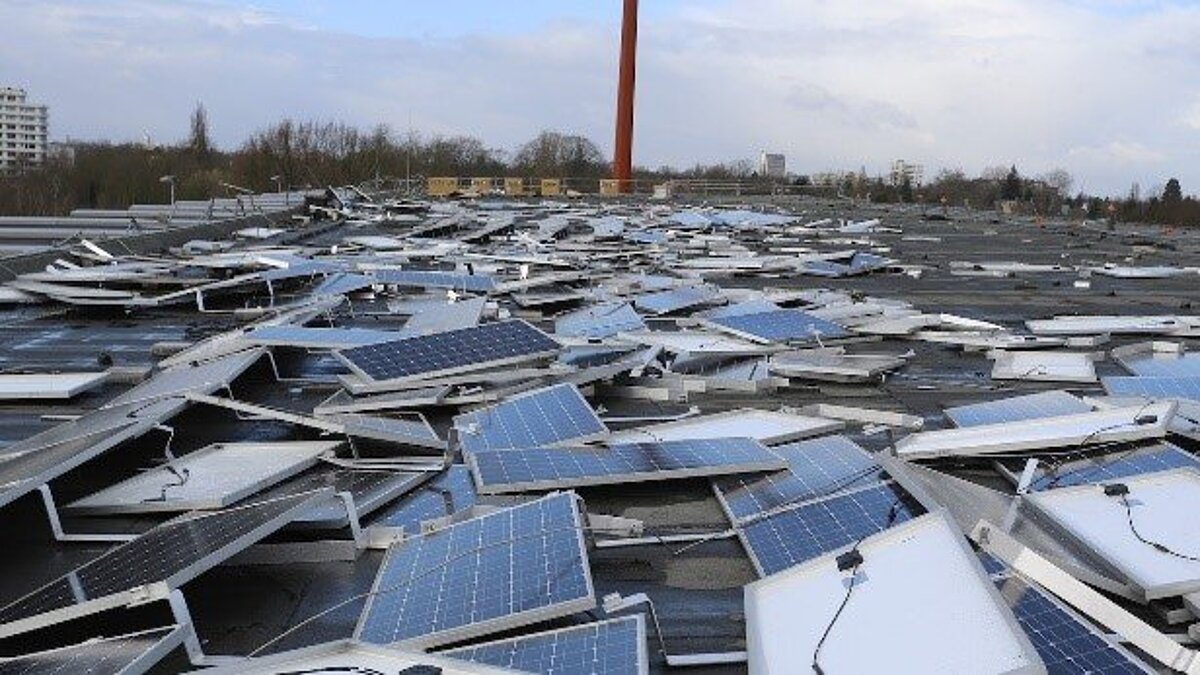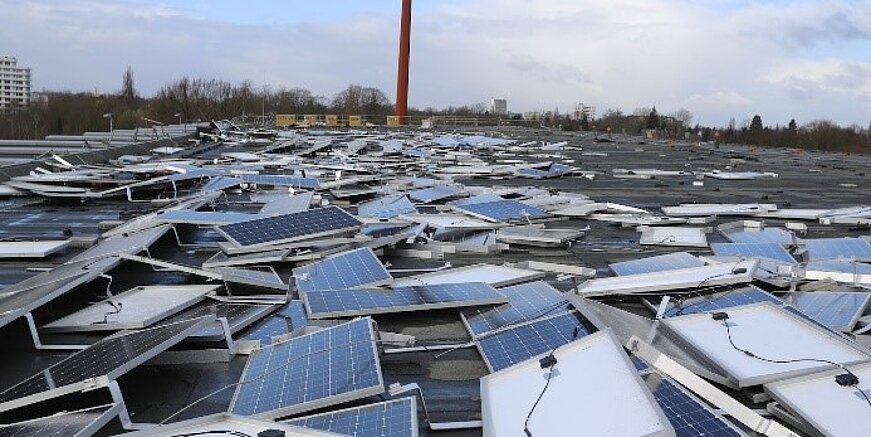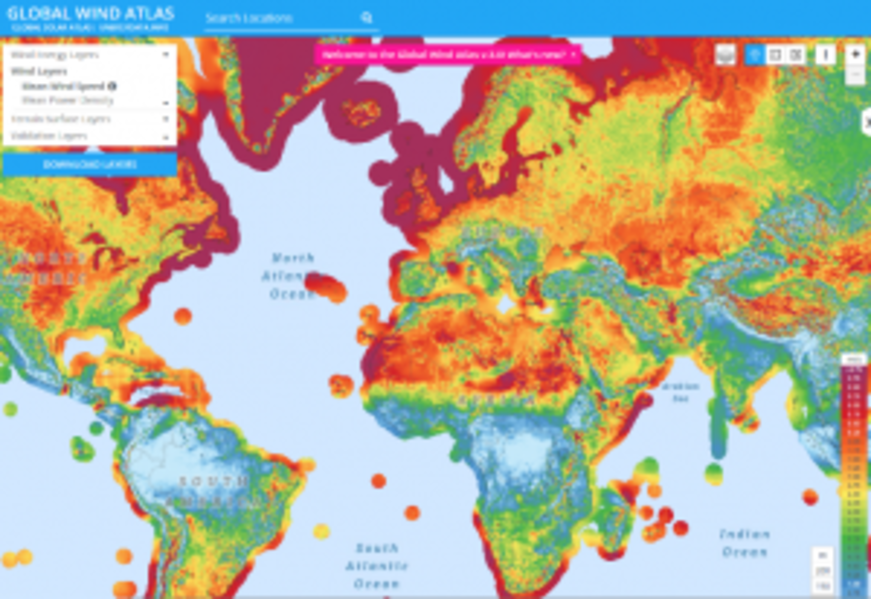Wind loads - how can you protect yourself against storm damage?

In our series of articles on protection against the effects of nature, the following article is devoted to the topic of wind loads.
Storm damage is particularly annoying when it could have been avoided if a system had been designed correctly.
But it is just as annoying when structural measures have been taken that are very expensive but not actually necessary.
Again, the more I know about how my components behave under certain conditions, the safer and also cheaper I can build.
In the above example of a PV system, the weighting elements were obviously too light for the wind loads that would occur. Oversized elements may not fail, but they drive up the price.
The basics
A body flowing around is subjected to different pressures. Different pressures mean forces acting on the body.
At certain flow velocities, vortex shedding also occurs, i.e. the pressure is not constant but changes periodically (see video 1).
If the frequency at which these pressure fluctuations occur hits the natural frequency of a building, a plant or a chimney, the system will build up to failure in a very short time.
But even if no natural frequencies are excited, the changing forces represent a load that can cause the weld seams of a chimney, for example, to fatigue and crack at some point.
In addition, gusts can cause short-term load peaks that lead to overstressing.
So, for wind load protection, it is important to know what maximum pressures and what pressure variations occur on the object being evaluated, whether it is a PV system, a chimney, an outdoor machine, or a building.
The maximum force F is easy to determine. It is quadratically related to the wind speed c, the drag coefficient cw value, the surface area A and the density r of the air. The force acting on the body is then given by
So how do we know the critical wind speeds?
As with earthquakes, it does not make sense to design a structure for a storm of the century, but for a value that will only be exceeded with a very low probability.
The wind load standard DIN EN 1991-1-4 NA shows which loads must be expected at a location in Germany and which pressures are to be applied as loads. Here, Germany is divided into 4 different wind zones in a simplified way.
There are also estimates for the dynamic loads due to periodic excitations, e.g. in the Eurocode on the basis of the Strouhal number.
In addition, there are various international standards such as IBC or ASCE7.
At Merkle & Partner we master all scenarios of how wind loads can be simulated. From transient coupled flow/structure simulation (FSI=Fluid-Structure Interaction) to simplified but fast methods, where the flow is only considered by analytical approaches and applied as pure pressure load to a structural model (FE model).
We are very familiar with the relevant standards and can offer you exactly the method that is right for your task.
Call us or write to us. We will show you how you too can efficiently identify weak points in wind loads, or even if everything is in order, you will have the standard-compliant verification for this.
Your Stefan Merkle

PS: You don't have to shoot at sparrows with cannons, but it's important to have them up your sleeve in case sparrows aren't the only ones coming.
Read also: How can buildings and facilities be made safer against the influence of earthquakes and how can this be calculated?


